New analysis shows how much the squeeze on budgets affected by inflation and energy prices is hitting the poorest in the UK, with continuing pressures expected in the year.
Until this point, IFS’s work has shown that households across all income groups have faced similar rates of inflation.
Official statistics showed Consumer Prices Index, a measure of consumer price inflation, hit 9 percent in April, its highest level since Margaret Thatcher was prime minister 40 years ago.
Energy bills have also soared, with the price cap increasing by £693 ($858) for the typical family in April. Food prices have risen by 6.7 percent, their highest rate since 2011.
For the poorest households, energy costs make up a greater proportion of expenditure than for those earning more. The poorest households spend 11 percent of their total household budget on gas and electricity, compared to 4 percent for the richest households.
Commenting on the inflation increase, IFS Research Economist Heidi Karjalainen said, “Because so much of the increase was driven by the increase in the gas and electricity tariff cap, poorer households who spend more of their budgets on gas and electricity, faced an even higher rate of inflation.”
Karjalainen said she estimated “that the poorest 10 percent of households faced an inflation rate of 10.9 percent.”
“State benefits only increased by 3.1 percent in April. This means big real terms cuts to the living standards of many of the poorest households,” she added.
“Continuing pressures, such as the war in Ukraine, are likely to push Ofgem’s October tariff cap, as well as other prices including food prices, even higher later this year. We are likely to be in a prolonged period during which poorer households are facing rates of inflation even higher than the headline figures would suggest,” said Karjalainen.
“A few weeks back the Bank of England warned the UK could see double-digit inflation later this year. Today’s data shows poorer households are already living with it,” it wrote.
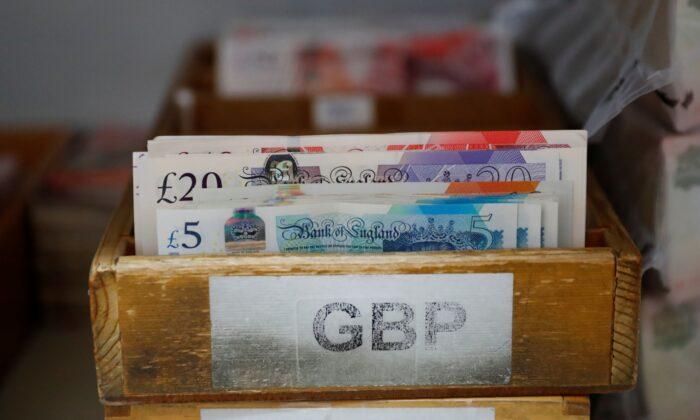

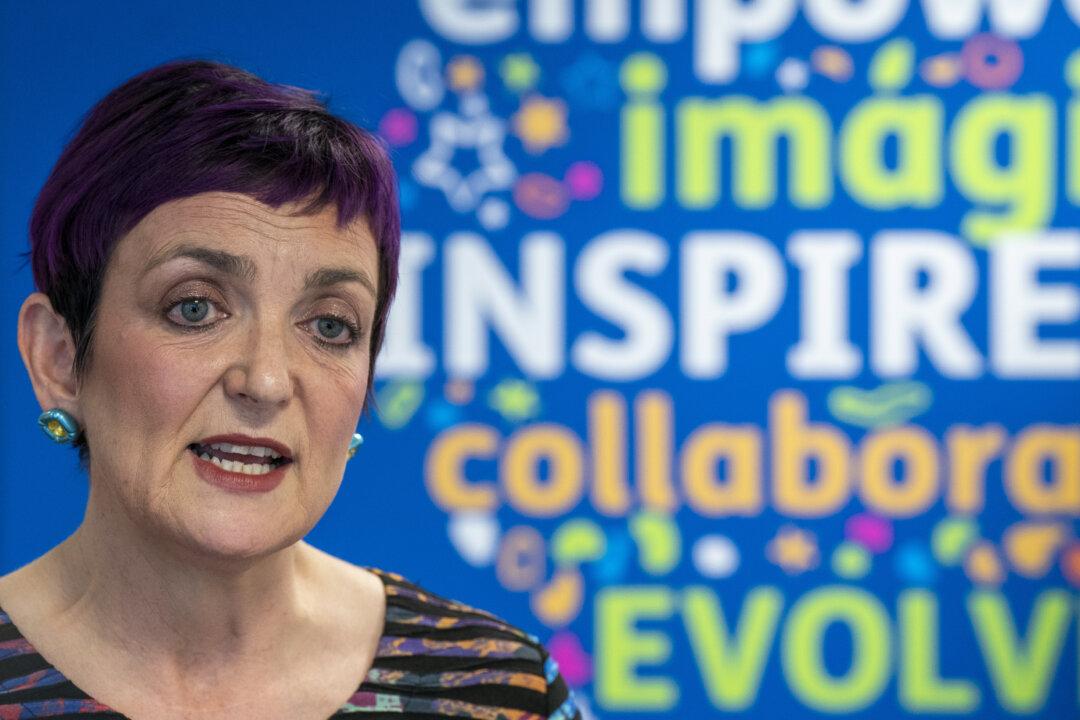
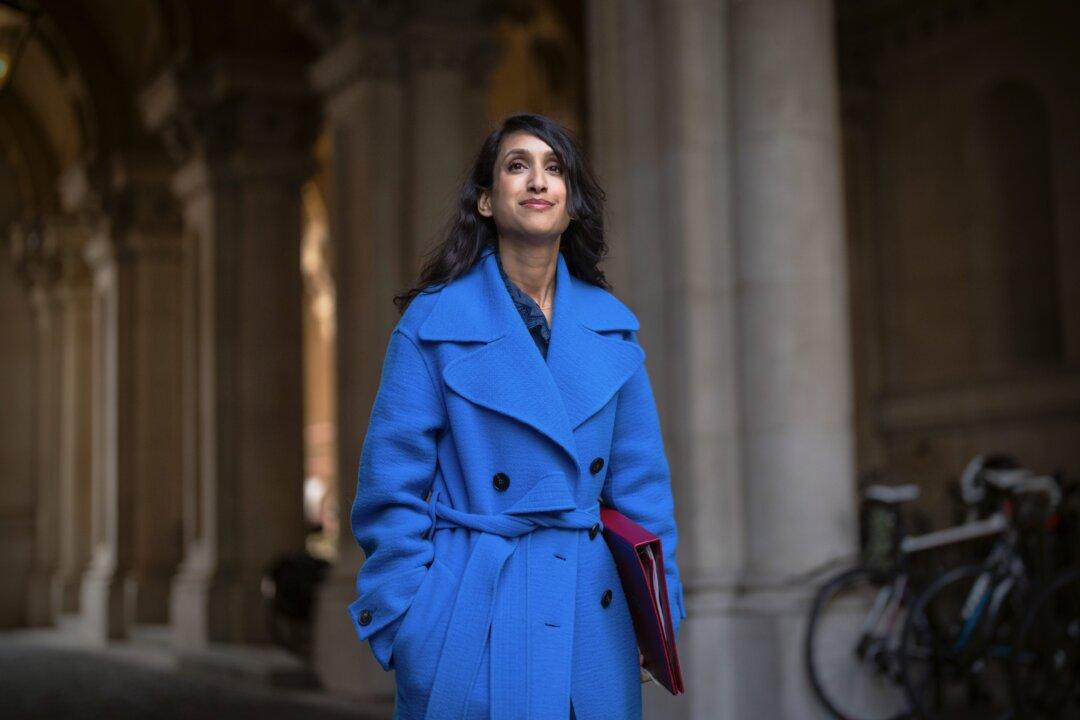
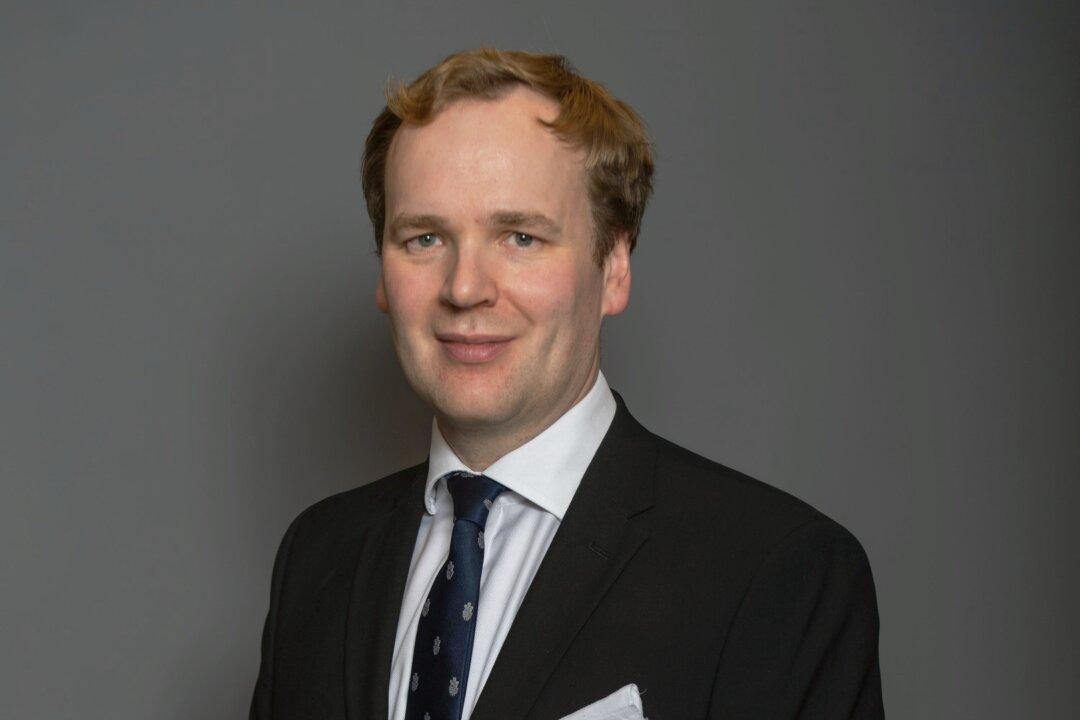
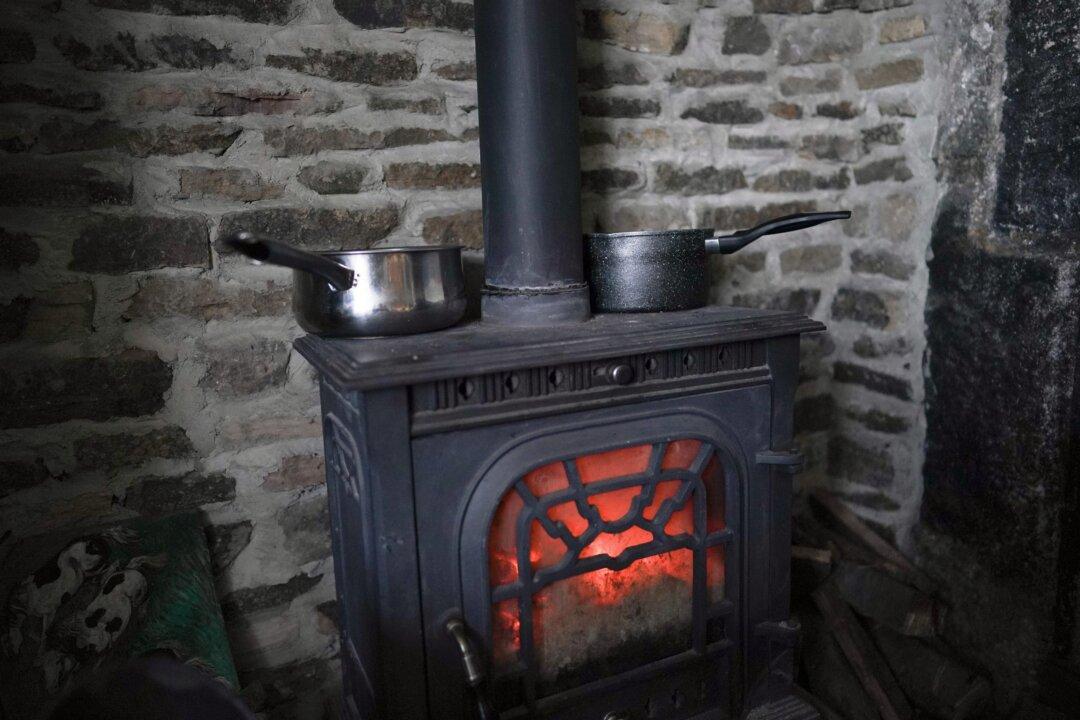
Friends Read Free